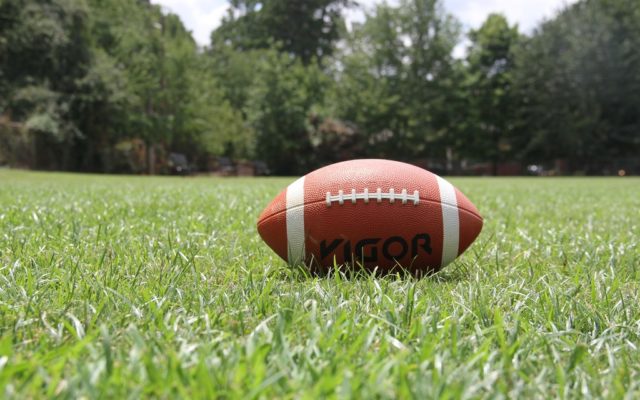
A high school sports forecast: Wait and see
Will the Maine Principals’ Association crown state champions in the high school sports it sponsors this fall amid the continuing coronavirus pandemic?
No one can say for sure yet, but Tuesday was a good day for those prospects for one simple reason — planning for the upcoming season continues.
The MPA’s Interscholastic Management Committee pushed the start of preseason practices back to Sept. 8 — save for the Aroostook County schools that still participate in the annual harvest break, which can begin preparing for the regular season beginning Aug. 17.
The opening date for regular-season games is now Sept. 18 in most of the state.
These adjustments allow time for each school system to answer its most important question first, and that’s not whether there will be football this fall but how education will be delivered to kids in grades K-12, a process abruptly disrupted last March when COVID-19 arrived in the Pine Tree State.
Gov. Janet Mills will begin providing school superintendents and school boards additional guidance starting July 31 via a red-yellow-green health advisory system by county to assist in local decisions about whether and how to bring students back to the classroom.
Under the system developed by the Maine Center for Disease Control and Prevention and the state Department of Health and Human Services, green would suggest a full return to in-person classes, while red would urge a return to full online education and yellow a hybrid approach of both in-school and online instruction.
I can’t imagine many schools in a red-designated county fielding fall sports teams. If students aren’t considered safe together in a classroom, why would they be any safer risking the even closer contact of most practices?
The opposite might be true in green counties, where education could return to classrooms amid physical distancing and the major sports-related concerns might include the use of face masks and locker rooms and travel considerations.
Where it really gets interesting is in yellow scenarios, as the rationale for a hybrid learning format may vary widely among school systems, leaving subsequent discussion about the fate of fall sports without a singular template to follow.
The potential also exists for school systems around the state to take vastly different routes given the county-by-county differentials in confirmed COVID-19 cases and related deaths.
More heavily populated Cumberland, York and Androscoggin counties in southern Maine have recorded 3,126 of the state’s 3,757 COVID-19 cases and 85 of the 118 related deaths since the outbreak of the pandemic.
Piscataquis County in central Maine, the state’s least populated county, has just three confirmed cases and no deaths, according to Friday’s count.
The best-case scenario for the high school sports scene may have varsity teams playing reduced schedules in order to complete the season before Mother Nature sends everyone inside — with winter sports a conversation for another day.
Already there is talk of a 10-game regular season for boys and girls soccer compared to 14 matches a year ago, and football playing six regular-season games in seven weeks instead of last year’s eight or nine games before postseason play.
And don’t expect teams to continue traversing the state just to play regular-season opponents in their own enrollment classifications. With physical distancing limiting the number of people riding a school bus, schools and leagues are being encouraged to develop regional schedules.
For Bangor High School, for instance, the fall sports schedule could resemble the Rams’ days in the Penobscot Valley Conference when instead of traveling downstate to face the rest of Maine’s largest schools, they battled the likes of nearby Old Town, Ellsworth and Hermon in addition to current local foes Brewer and Hampden Academy.
Such regionalization will not come without challenges. Maine may not have the congested population centers of the current pandemic hotbeds in the Sun Belt, but in the best of circumstances, subvarsity teams may be a victim of shrinking bus capacities — and the state’s more isolated rural schools also may struggle to fill out regionalized schedules.
Finally, while Maine continues to have among the lowest per capita COVID-19 infection and death rates in the nation, one would be hard-pressed to expect every high school athletic team in the state — no matter the extent of the precautions taken — to emerge unscathed this fall.
Any such outbreak would alter the fate of the game immediately.
So consider everything you read about the near future of Maine high school sports a work in progress. Everything is still subject to change.